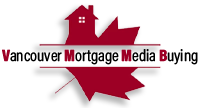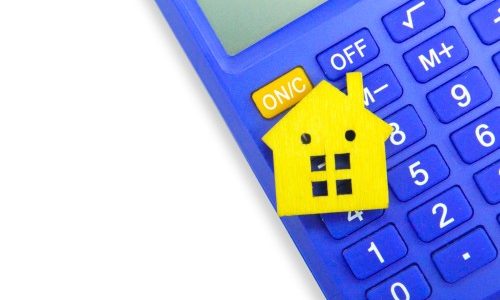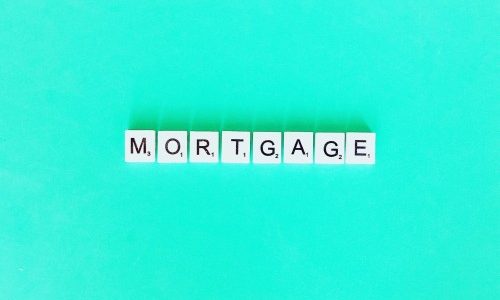Shopping for a mortgage can be a daunting task, especially if you are a first-time homebuyer. With so many different lenders and loan options, it can be difficult to know where to start. Fortunately, there are some key points to consider when shopping for a mortgage that can help you make an informed decision.
1. Interest Rate: The interest rate is one of the most important factors to consider when shopping for a mortgage. Different lenders offer different rates, so it is important to compare rates between different lenders to ensure you are getting the best rate possible. Make sure to consider both fixed and adjustable-rate mortgages when comparing rates, as this can make a big difference in how much you pay over the life of the loan.
2. Fees: Many lenders charge a variety of fees for their mortgage products. Be sure to carefully review the fees associated with each loan to make sure you are not paying too much. Common fees can include origination fees, points, and closing costs.
3. Repayment Terms: Different lenders offer different repayment terms. Be sure to review the repayment terms of each loan to make sure you are comfortable with the payment amounts and the length of the loan. It is also important to consider whether you will be able to make additional payments on the loan, as this can help you pay off the loan faster and save you money in the long run.
4. Customer Service: Shopping for a mortgage is a big decision and you want to make sure the lender you choose is one that you can trust. Look for lenders that offer good customer service and have a reputation for being responsive to their customers’ needs.
Shopping for a mortgage can be a confusing and stressful process. However, if you take the time to compare rates, fees, repayment terms, and customer service, you can be sure to find the loan that is right for you.











